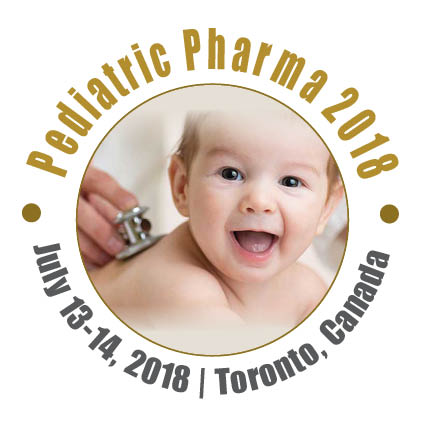
Christina YK Leung
University of Hong Kong, China
Title: Drugs use in Biliary atresia and the roles of clinical pharmacist
Biography
Biography: Christina YK Leung
Abstract
Biliary atresia (BA) is a condition in which inflammation develops within the bile ducts around the time of birth. Th is leads to bile duct damage and reduces the flow of the bile which subsequently causes scarring of the liver. Th e initial treatment for biliary atresia is a surgical operation called the “Kasai Porteoenterostomy” (KPE). Th e aim of KPE is to make a drainage channel to allow bile to drain from the liver. Before the surgery, the patient will be prescribed with fat-soluble vitamins for patients with prolonged jaundice. Examples are multivitamin preparations (Abidec® or Dalivit® drops in the UK), vitamin K preparations (phytomenadione injection which can be given by oral, IV or IM routes and menadiol tablet), Vitamin E (tocopheryl acetate), and Vitamin D (Alfacalcidol). 24 to 48 hours before the surgery, the patients will receive bowel preparations and the common ones are Lactulose liquid, Neomycin liquid, and Metronidazole suspension. After the operation, the patient will receive drugs via intravenous or intramuscular route for about 3 to 5 days, standard maintenance IV fluid will be given for about 3 to 4 days. Nurse Controlled Analgesia (NCA) IV pump with morphine is always used for the initial 3 days, and the patient is also prescribed with regular paracetamol (IV or rectal) for breakthrough pain for about 3 days then change to oral. Prophylactic IV antibiotics will be given after the surgery for at least 72 hours. Examples are Gentamicin and Piperacillin/Tazobactam as dual therapies. After 72 hours, if no high temperature is developed and the oral feeds are started, the prophylactic antibiotics can be changed to oral for 28 days (an example is oral Cefalexin). Ranitidine is also used to prevent a stress-induced ulcer. Intramuscular vitamins are used post-surgery. Examples are Vitamin D 30,000 units (60,000 units if radiological rickets is present), Vitamin E 10mg per kg, Vitamin A 10,000 units are given at the discretion of hepatologist (usually for patients with late diagnosis). After day 5 of operations, the patient may start oral therapies. Additional oral vitamins are necessary post-surgery for about 6 months. Examples are Vitamin K, Vitamin E, and multivitamin drops. Oral Phenobarbitone (alcohol-free liquid or tablet) helps to increase bile fl ow and hence to reduce itching symptom. Th e recommended dose is 15mg daily, increasing to 45mg daily in steps of 15mg per week. Colestyramine helps to remove the bile salts which cause jaundice and itchiness. Since Colestyramine can reduce the absorption of some drugs, especially vitamins, it is recommended to leave vitamin preparations at least 2 hours before or 4 hours after giving Colestyramine. Spironolactone suspension helps the patient reduces the amount of fluid accumulated as a result of ascites, but it is not needed in all cases. Th ere have been clinical studies to use high dose oral steroids (oral prednisolone) post KPE to benefit in reduction of postoperative bilirubin and clearance of jaundice. However, the findings show that the effect of steroids may be limited or inhibited by an increasing degree of fibrosis and onset of cirrhosis. If KPE is successful, many of these medicines can be stopped over time. If KPE fails, the liver transplant can be one of the treatment options. Th e care of the biliary atresia patients is best with the multi-disciplinary approach, and clinical pharmacists play a significant role in this care management. Examples of the contributions are dosage recommendations, choice of drugs, stopping or initiation of a therapy, guidelines development, drug history talking and medication reconciliation, therapeutic drug monitoring and other blood results monitoring to optimize drug therapies, patient education such as developing of patient leaflets and delivering of patient education talks, patient counselling of discharged medications such as using of tailored-made discharge medication card, discharge planning to reduce the waiting time, adverse drugs reactions monitoring, medication incidents management, drugs interactions, advice on drug administration (e.g. with or after food, timing of drug administration, method of IV drug administration), review of medications in the out-patient clinics after discharge, and participation in the clinical trials.

